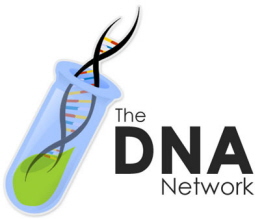In Part I of the “You and the $1000 Genome” series we examined the Archon X PRIZE for Genomics, a $10 million purse for the group that can sequence 100 genomes in 10 days for no more than $10,000/genome with an error rate below 0.001%. With today’s technology this goal is still a few years away.
But do we need an entire genomic sequence to obtain all the relevant medical information that our DNA contains? After all, 99.9% of my DNA is exactly the same as everyone else’s! Why sequence that 99.9% over and over and over if the results are the same every time? Wouldn’t it be cheaper to just sequence and then decode the 0.1%?
Sequencing that 0.1% is the goal of the International HapMap Project. HapMap stands for “Haplotype Map”, and those of you who are genetic genealogists will instantly recognize the importance of the word haplotype. The goal of the HapMap Project, begun in 2002, is to identify SNP groups (haplotypes) from a total of 270 individuals representing the Yoruba people of Nigeria, the Han Chinese in Beijing, the Japanese, and U.S. residents with northern and western European ancestry. The HapMap is essentially a catalog of all the common genetic variants in human beings.
 Speaking of the
Speaking of the 